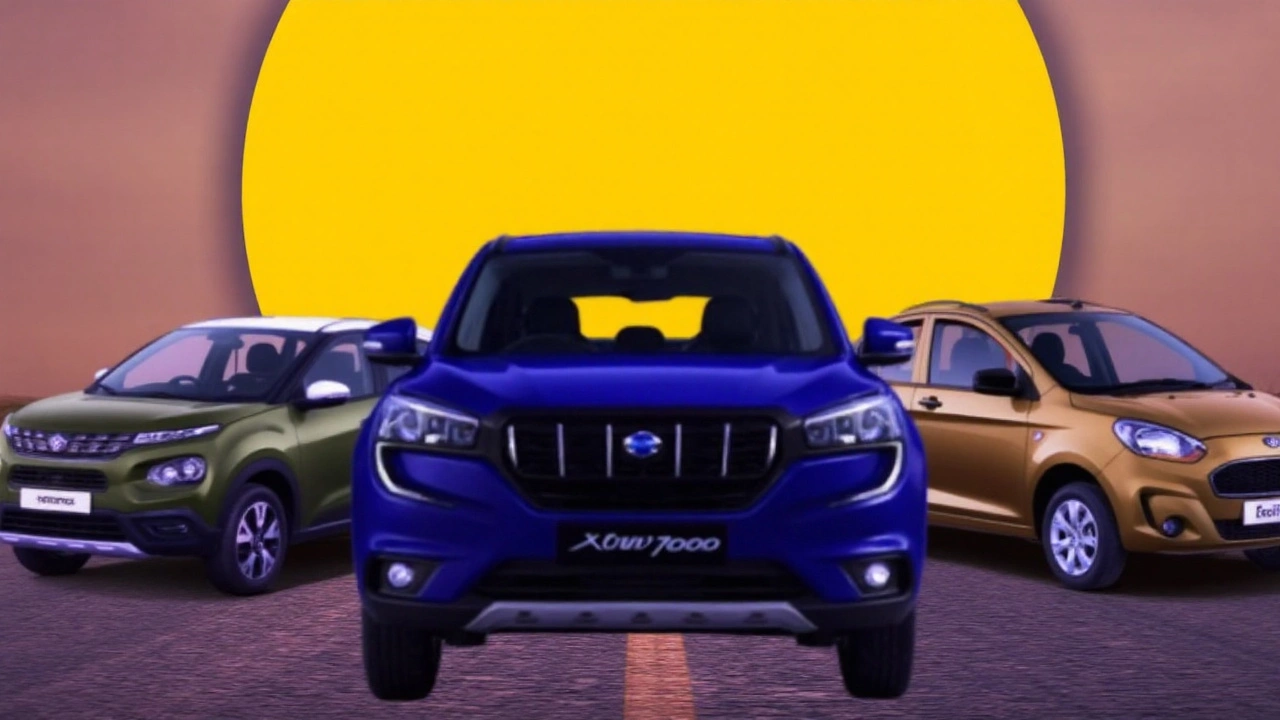Business & Economy: What GST 2.0 Means for Car Prices and the Market
India’s auto market just got a shake‑up thanks to GST 2.0. The new tax rules sliced the price of many cars, and the impact is already visible on showroom floors. If you’ve been eyeing a new ride, now’s the time to see what the discounts actually look like.
Which Brands Are Giving the Biggest Breaks?
Tata Motors leads the pack with cuts that can reach up to Rs 1.55 lakh across its range. From the compact Tiago to the flagship Safari, the price drop is spread out, giving buyers more room to choose. Mahindra’s XUV700 follows closely, offering a reduction of up to Rs 1.57 lakh. That’s a solid slice off the price tag for a popular SUV.
Maruti, India’s biggest seller, is more cautious. The Brezza sees a discount of Rs 30,000‑48,000, which is helpful but not as dramatic as the others. Still, any saving helps, especially when fuel prices stay high.
Why Diesel and Bigger SUVs Feel the Relief More
The biggest relief comes for diesel models and larger SUVs. That’s because the GST cess on diesel has been scrapped and the tax slabs have been simplified. When a tax component disappears, manufacturers can pass the benefit directly to you.
For buyers who prefer a sturdy, fuel‑efficient SUV, the new GST structure makes the deal sweeter. It also nudges the market toward more diesel options, which could shift demand patterns in the next few months.
Beyond cars, GST 2.0 is reshaping other business segments too. The lower tax rates on certain goods reduce costs for manufacturers, which may translate into lower prices for consumers. Industries like electronics and home appliances are already seeing early signs of price adjustments.
Investors are watching these moves closely. A dip in car prices can boost sales volume, helping auto makers recover from slower periods. At the same time, the tax simplification reduces compliance headaches, freeing up resources for product development.
So, what should you do right now? First, list the models you like and compare the new prices. Second, think about the fuel type you need – diesel SUVs are getting the biggest break. Third, keep an eye on the broader market; lower GST can ripple into other product categories you might be interested in.
In short, GST 2.0 is more than a tax update – it’s a market catalyst. Whether you’re a buyer, a seller, or an investor, the changes open up new opportunities. Stay tuned to our Business & Economy page for the latest analyses, expert opinions, and practical tips on navigating this evolving landscape.


